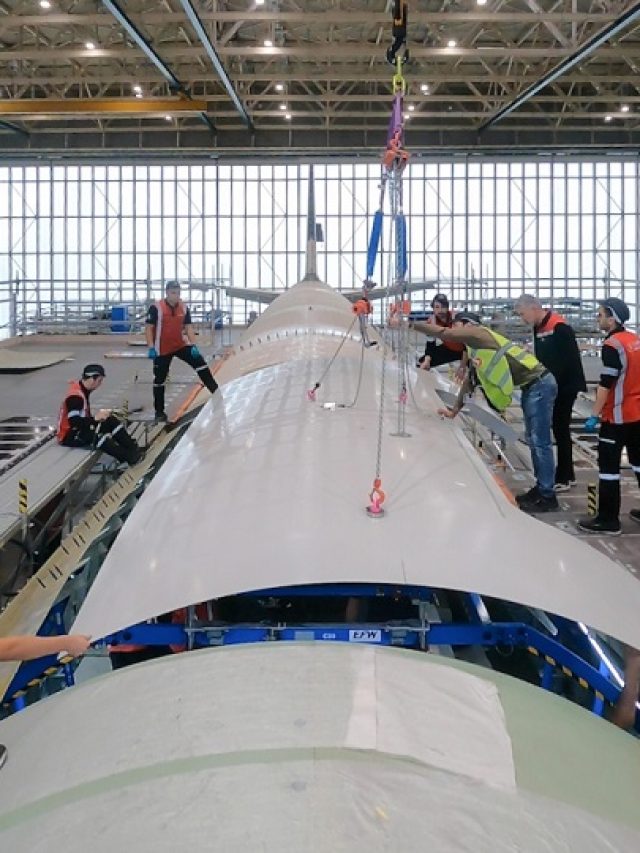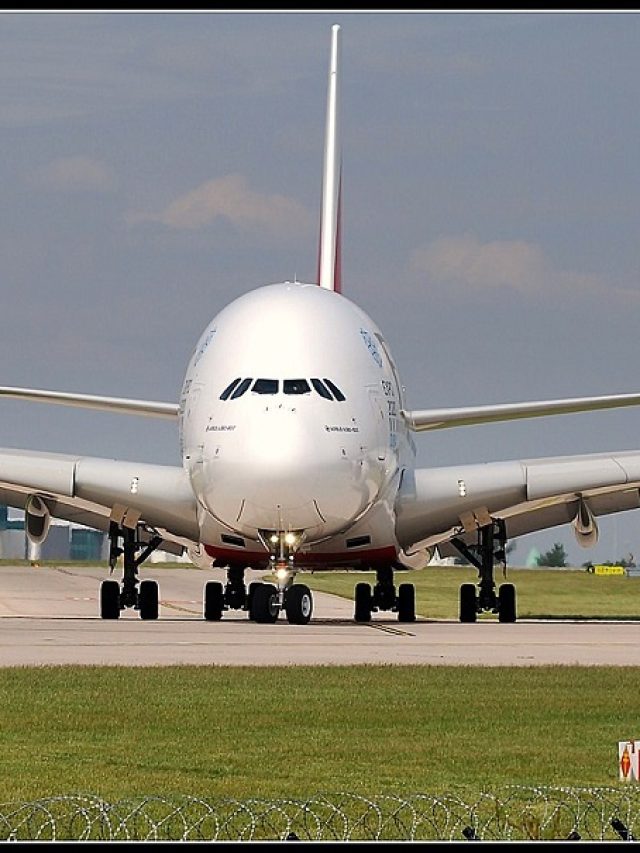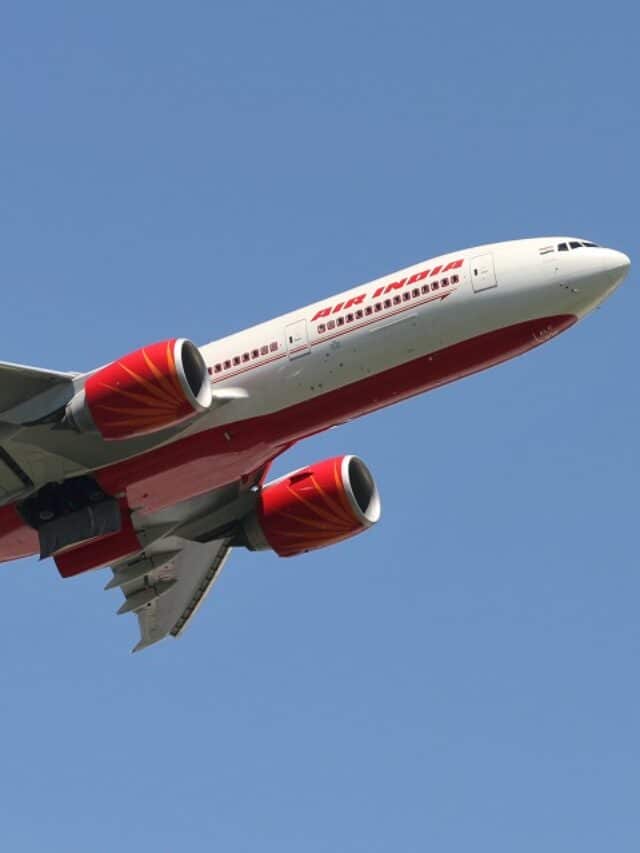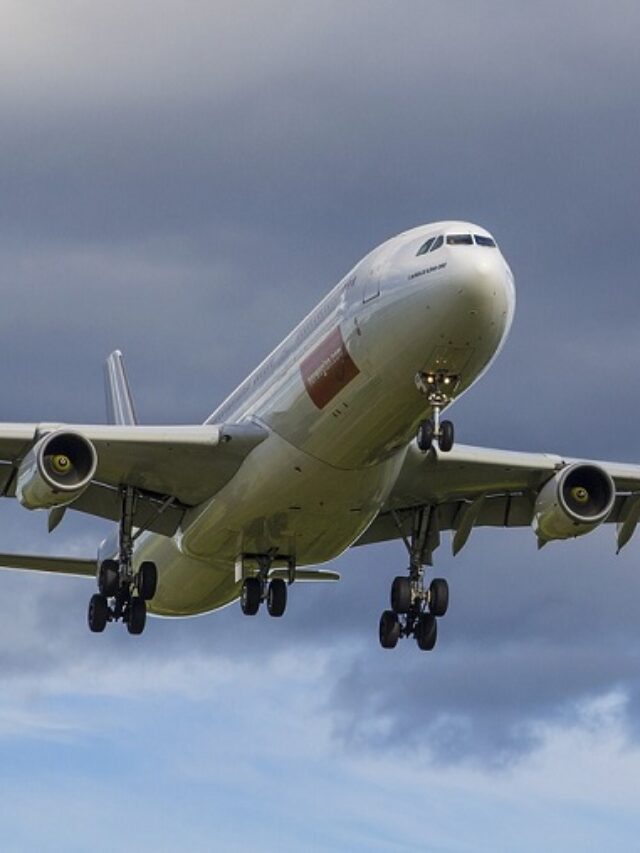Aviation
Meet Pakistan’s Cutting-Edge JF-17- Block 3 and Exciting Features.
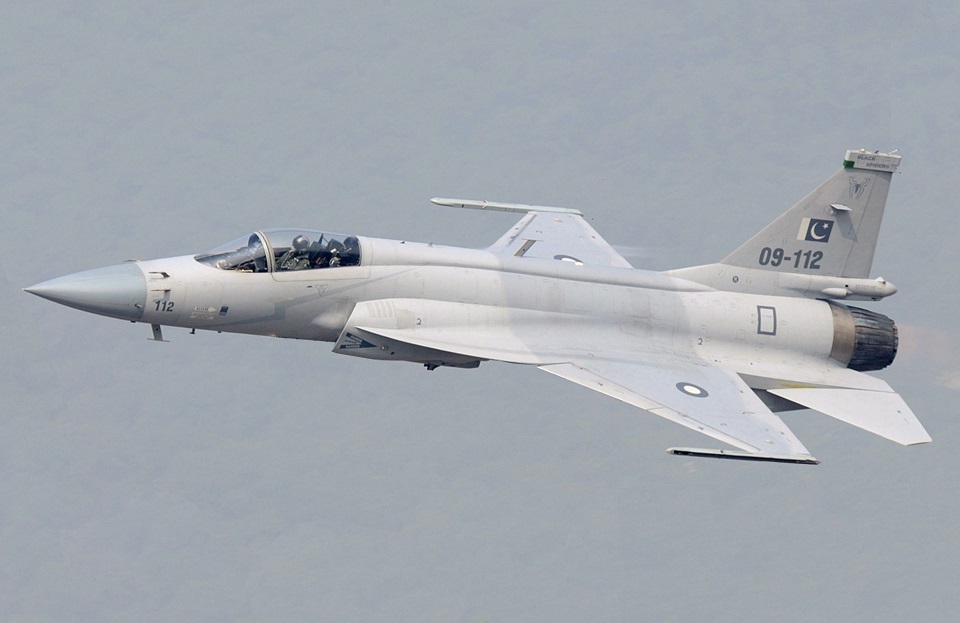
In a significant development, the Pakistan Air Force (PAF) has officially integrated the latest version of the JF-17 “Thunder” fighter aircraft, known as the Block III variant, into its operational fleet. This advanced aircraft is the result of a collaborative effort between the Pakistan Aeronautical Complex (PAC) and the Chengdu Aircraft Corporation (CAC).
PAF officials characterize this aircraft as a “fourth generation plus” fighter jet. The single-seat variant, JF17 Block 3, conducted its maiden flight in Chengdu, China, on December 15, 2019. An order for 50 JF-17 Block 3 aircraft was placed by the PAF. The Pakistan Air Force received the first of the latest JF17 on December 4, 2023.
Additional enhancements include a reduced radar cross-section due to increased use of composites, as well as improved avionics. China Central Television (CCTV), the state-run broadcaster, reported in September that the aircraft has also been equipped with an active electronically scanned array (AESA) radar.
This radar system appears to be the Nanjing Research Institute of Electronics Technology (NRIET) KLJ-7A X-band airborne 3D fire-control radar (FCR). The Block II variant utilizes the KLJ-7 V2.
Key Points on JF-17 Block 3:
PAF officials characterize this aircraft as a “fourth generation plus” fighter jet. The single-seat variant, JF17 Block 3, conducted its maiden flight in Chengdu, China, on December 15, 2019. An order for 50 JF-17 Block 3 aircraft was placed by the PAF. The Pakistan Air Force received the first of the latest JF17 on December 4, 2023.
- Introduction:
- Single-seat variant.
- Maiden flight in Chengdu, China, on December 15, 2019.
- Prototypes and Flight Tests:
- Two prototypes underwent flight tests by December 2020.
- One was tested in China, the other in Pakistan.
- Serial Production:
- Commenced serial production at PAC Kamra on December 30, 2020.
- Technological Advancements:
- Features advancements, including NRIET/CETC KLJ-7A AESA radar.
- Three-axis digital fly-by-wire flight control system.
- Infrared search and track (IRST) system.
- Helmet-mounted display and sight (HMD/S) system jointly produced by Pakistan and China.
- The missile approach warning system (MAWS) is similar to the Chinese J-10C, J-16, and J-20.
- Larger, thinner holographic wide-angle HUD.
- Enhanced electronic warfare management system.
- Chin-mounted hardpoint.
- Increased use of composites for weight reduction.
- Engine Upgrades:
- Initially powered by Klimov RD-93MA afterburning turbofan.
- The planned upgrade to Guizhou WS-13 for increased thrust and better thrust-to-weight ratio.
- Radar Capabilities:
- KLJ-7A radar can simultaneously track 15 targets and engage 4 targets.
- Generation Classification:
- Described as a “fourth generation plus” fighter jet by PAF officials.
In mid-November, the Block III variant introduced a host of superior capabilities, including heightened maneuverability, extended range, and enhanced combat features, according to statements from the PAF. Noteworthy advancements encompass a reduced radar cross-section achieved through an increased use of composites, as well as upgraded avionics.
Exploring the intricacies of its technological prowess, the JF-17 Block III integrates a sophisticated three-axis digital fly-by-wire flight control system, an infrared search, and track (IRST) system, and a collaborative effort in the form of a helmet-mounted display and sight (HMD/S) system jointly manufactured by Pakistan and China.
A remarkable feature is the presence of a larger yet thinner holographic wide-angle heads-up display (HUD), providing enhanced visibility and situational awareness. Complementing this, an upgraded electronic warfare management system further solidifies the JF-17 Block III’s capabilities.
Engine upgrades are also part of the JF-17 Block III’s arsenal, initially powered by the Klimov RD-93MA afterburning turbofan, with plans for a future upgrade to the Guizhou WS-13 for increased thrust and a better thrust-to-weight ratio.
The JF-17 Block 3 can reach a maximum speed of 1,910 km/h, making it one of the fastest in the sky. It can also fly at a speed equivalent to Mach 1.6 to 1.8, showcasing its ability to move at incredible velocities. During regular cruising, the aircraft maintains a speed of 1,359 km/h.
In combat scenarios, the aircraft can cover a distance of 900 km using only internal fuel. However, with additional drop tanks, it extends its combat range to an impressive 1,741 km. For ferrying purposes, the JF-17 Block 3 can travel up to 1,800 km with internal fuel making it versatile for various mission requirements.
In terms of size, the aircraft has a length of 14.326 meters, a wingspan of 9.44 meters, and a height of 4.57 meters. These dimensions contribute to its aerodynamic design and overall agility.
The JF-17 Block 3 has an empty weight of 7,965 kg, which is the weight without any payload or fuel. Its maximum takeoff weight is 13,500 kg, indicating the maximum load it can carry during takeoff.

Aerospace
China Developing Comac C939 Wide Body Aircraft to Compete with A350 and B777
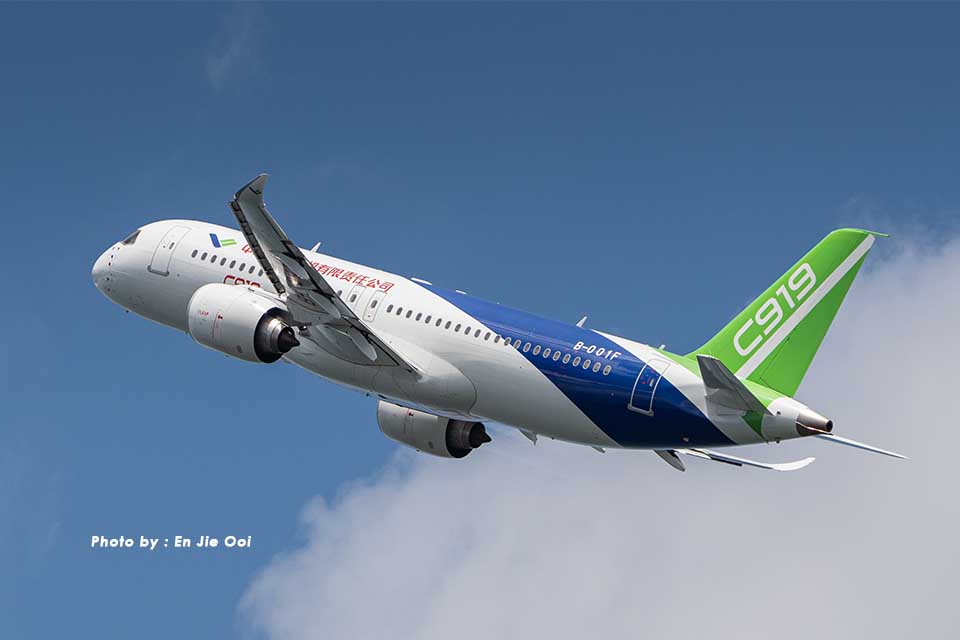
China’s Comac aircraft company is currently underway with the development of its own wide-body aircraft, the C939, positioned to compete with industry stalwarts like the Boeing 787 and Airbus A350 in the future. This strategic move by Comac involves crafting the next iteration with enhanced capacity and extended range capabilities, marking a significant leap forward in technological advancement compared to the current C919 aircraft.
Air China has inked a substantial deal worth a staggering $10.8 billion, based on list prices, to acquire 100 Comac C919 jets, signaling a strong vote of confidence in the domestic challenger to aerospace giants Airbus and Boeing.
China Comac C919 Total Order
With both China Southern and Air China combining orders for nearly 200 aircraft, the prospects for the new C919 aircraft appear increasingly promising for future fleet growth. To date, Comac has garnered orders for nearly 1,100 aircraft.
China is contemplating the development of another wide-body aircraft, the C939, poised to significantly bolster the aerospace industry in China.
COMAC has initiated work on the C939, a new wide-body airliner. While design concepts have been formulated, it will still take several years before a prototype materializes, according to reports from the South China Morning Post, citing anonymous sources.
Initially intended to be a joint venture with Russia, plans were halted due to Russia’s decision to safeguard its copyrights and technological advancements within its borders. Consequently, collaboration between China and Russia on aircraft development was discontinued. Sources suggest that China is vigorously pursuing new avenues for the independent development of its own wide-body aircraft, crucial for accommodating larger passenger capacities and extended flight ranges.
Comac C939 competes with Boeing 777 and A350
Information regarding the program remains limited. COMAC has refrained from commenting on the development of the new aircraft type, stating that official announcements will be made in due course. Nevertheless, the C939 could potentially accommodate up to 390 passengers, positioning it to compete with the largest Boeing 777 and Airbus A350 aircraft.
In addition to the prospective C939, COMAC is already advancing with the development of another widebody aircraft, known as the C929. This aircraft is poised to rival the Boeing 787 and Airbus A330, boasting 280 seats and a range approaching 6,500 nautical miles.
Since obtaining certification in late 2022, the COMAC C919 has been operational, accumulating nearly 1,000 firm orders, predominantly from Chinese-owned airlines and leasing companies.
With multiple widebody aircraft in the pipeline, COMAC stands to achieve parity with the two leading international aircraft manufacturers. Boeing, with its 777 and 787 models, and Airbus, with the A330neo and A350, both have a comparable range of offerings. However, Boeing’s aircraft are encountering delays and production challenges despite substantial orders, while the A350 is performing commendably, though the A330neo’s order intake has not met initial projections.
How much does C919 cost?
China is under pressure to fulfill the current orders for the C919 aircraft, prompting plans to expand production facilities across various regions within the country. The aim is to ramp up production capacity for C919 planes to 150 aircraft annually over the next five years. The latest reports indicate that the C919 is priced around $99 million, comparable to the price of Boeing 737 Max and Airbus A320 aircraft, with expectations for further price reductions in the future.
While the C919 has yet to be certified in major aviation markets outside of China, only four have been delivered thus far. In the long term, COMAC’s widebody aircraft will vie for global competitiveness. One potential benefit of COMAC aircraft could be in reducing China’s reliance on Western aircraft manufacturers. However, this shift won’t happen immediately; the current delivery rate of four aircraft in nearly 18 months is not sustainable, and both Airbus and Boeing have established manufacturing facilities in China to cater to its sizable market.
Nevertheless, assuming COMAC addresses the issues impeding deliveries, there’s a plausible scenario where the manufacturer assumes a significant role, particularly as China’s aviation market continues to expand.
As the C939 progresses through its development stages, more details are expected to emerge. Comparisons between official specifications of the C929 and C939 will be noteworthy, as will the initial orders for each aircraft type. However, it’s anticipated that neither will undergo test flights or enter into service for several years.
Aerospace
Airbus Reveals Innovative Hybrid Aircraft, Blending Plane and Copter Designs
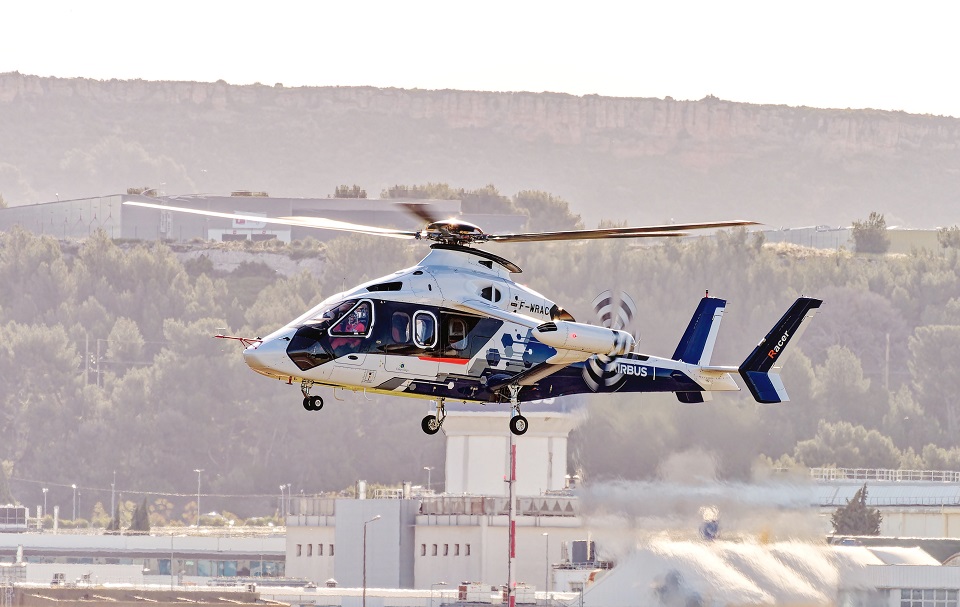
Airbus Helicopters has unveiled a groundbreaking innovation in rotorcraft technology with the introduction of an experimental hybrid aircraft, blending the features of a plane and a helicopter.
Named the Racer, this one-of-a-kind demonstrator model integrates traditional overhead rotor blades with two forward-facing propellers, aiming stability with speed. The primary objective behind this engineering marvel is to significantly reduce response times for critical missions such as search-and-rescue operations.
Priced at 200 million euros ($217 million), the Racer represents a pioneering leap in rotorcraft design, poised to revolutionize the industry. Beyond its immediate applications, including search-and-rescue missions, the Racer’s potential extends to military endeavors, aligning with NATO’s ongoing exploration of next-generation helicraft. However, the realization of such prospects hinges upon the alignment of future operational requirements.
Designed to operate at a cruise speed exceeding 400 km/h, the Racer demonstrator is meticulously engineered to strike a delicate balance between speed, cost-efficiency, and mission performance.
Notably, the aircraft targets a notable reduction in fuel consumption, aiming for a 20% decrease compared to contemporary helicopters of similar caliber. This feat is made possible through aerodynamic optimization and an innovative eco-mode propulsion system, developed in collaboration with Safran Helicopter Engines.
The hybrid-electrical eco-mode system allows for the temporary suspension of one of the two Aneto-1X engines during cruise flight, thereby contributing to a reduction in CO2 emissions. Moreover, the Racer seeks to address environmental concerns by focusing on lowering its operational acoustic footprint, showcasing its commitment to sustainability.
Building upon the success of Airbus Helicopters‘ X3 technology demonstrator, which previously pushed the boundaries of helicopter speed by achieving a remarkable 472 km/h, the Racer represents a significant evolution in aerodynamic configuration and technological innovation.
Aviation
Pratt & Whitney Faces Lawsuit Over Aircraft Engine Allegations
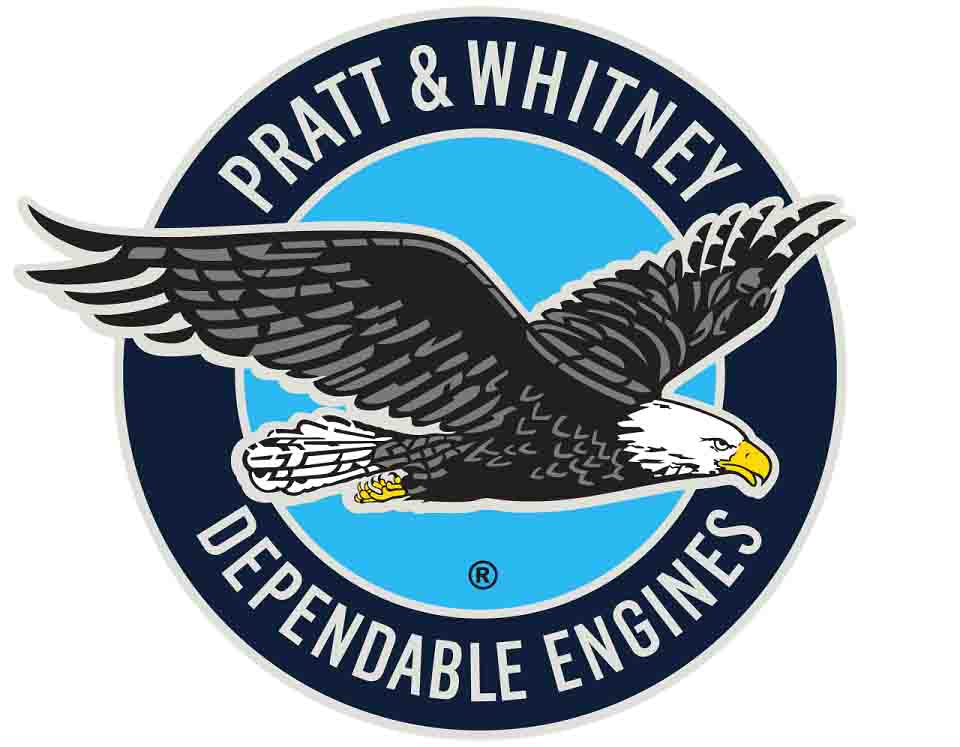
In a significant legal development within the aerospace industry, Pratt & Whitney, a subsidiary of aerospace giant RTX, finds itself embroiled in a formidable $150 million lawsuit. As reported by Reuters.
Filed by Universal Turbine Parts LLC (UTP) in a Philadelphia federal court, the lawsuit accuses Pratt & Whitney Canada, a unit of RTX, of engaging in anti-competitive practices aimed at stifling competition in the market for used engines and parts for regional commercial aircraft, freight operations, and other applications.
UTP, an Alabama-based supplier of aftermarket aircraft engines and engine parts, alleges that Pratt & Whitney Canada has systematically obstructed rivals, including UTP, from accessing its used PT6 and PW100 turboprop engines.
These engines, manufactured by Pratt & Whitney, hold a significant presence in the aviation industry, with Pratt having produced over 64,000 PT6 engines and 8,000 PW100 engines, as stated in the lawsuit.
Central to UTP’s claims is the assertion that Pratt & Whitney has violated U.S. competition law by imposing restrictions that prevent approved “overhaul facilities” from supplying engines and parts to UTP and other second-hand sellers.
Moreover, UTP accuses Pratt of engaging in unfair practices by acquiring used engines and parts at non-economic prices, effectively monopolizing the market and limiting access for competitors.
The lawsuit further alleges that Pratt & Whitney may have obtained sensitive information, leading to its attempts to cut off the supply of engines to UTP and other second-hand sellers. UTP’s legal action seeks $150 million in cash damages, portraying Pratt’s actions as part of a larger “multi-faceted scheme” of antitrust offenses.

